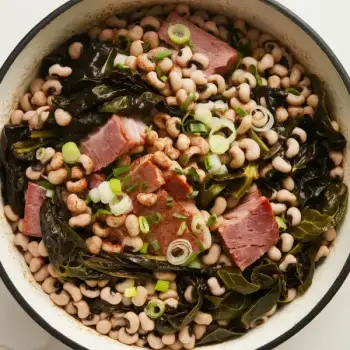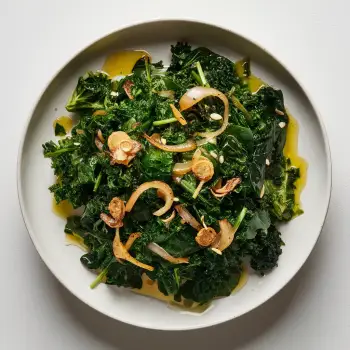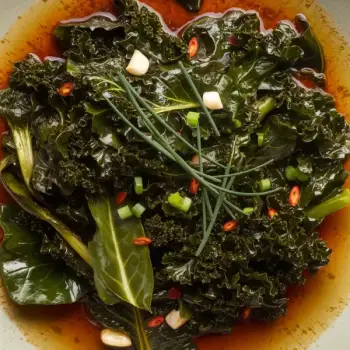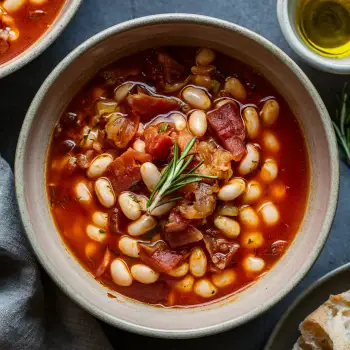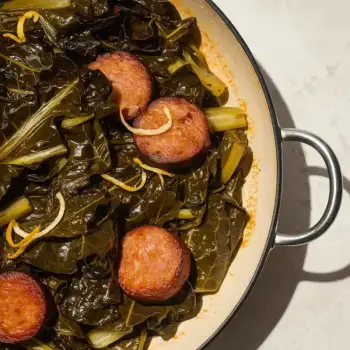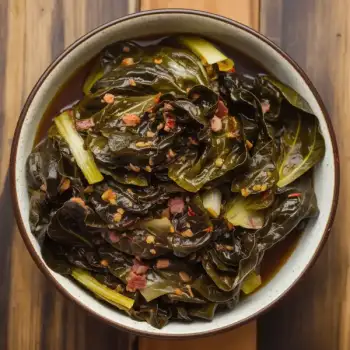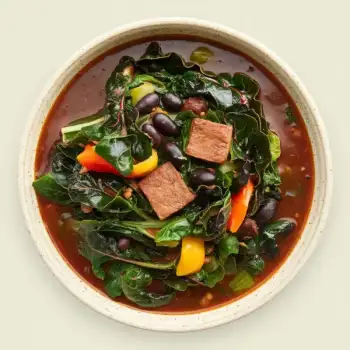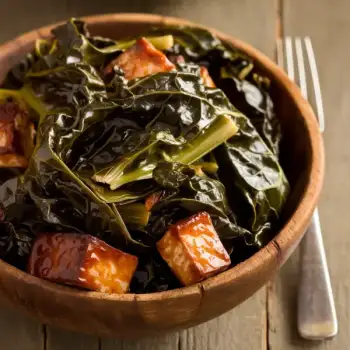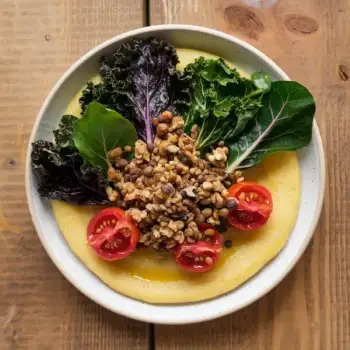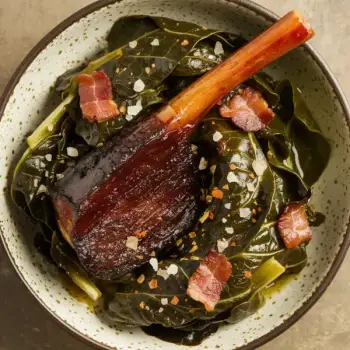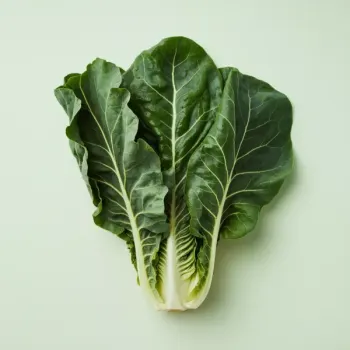


Fresh
Collard greens are typically sold fresh in bunches. They should be vibrant green, with firm, unwilted leaves.
Canned
Canned collard greens are pre-cooked and can be a time-saver, though they may have a softer texture and a different flavor profile compared to fresh.
Frozen
Chopped and blanched collard greens are available frozen, which can be a convenient option outside of their peak season.




canned collard greens: Glory Foods
frozen collard greens: Pictsweet Farms

Braising: Braising collard greens in a flavorful liquid, such as a mix of broth and vinegar, with aromatics like onions and garlic, is a traditional Southern technique. This method involves cooking the greens slowly over low heat until they are tender, which can take anywhere from 45 minutes to an hour.
Steaming: Steaming is a healthy way to cook collard greens, preserving their nutrients and color. This method is best for younger, more tender leaves. Steam the greens until they are bright green and just tender, which typically takes about 5 to 10 minutes.
Sautéing: For a quicker method, collard greens can be sautéed. This involves cooking them in a pan with a small amount of fat over medium-high heat. To ensure even cooking, the leaves should be sliced into thin ribbons and may be pre-cooked by blanching or steaming to soften them before sautéing.




